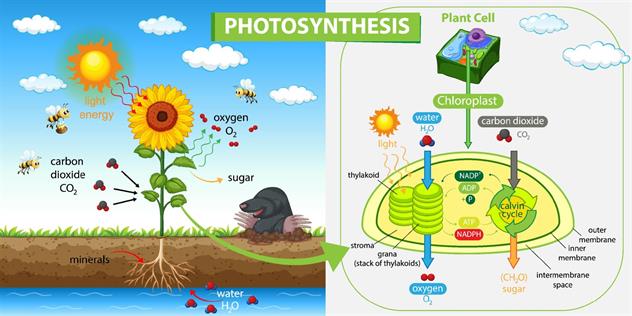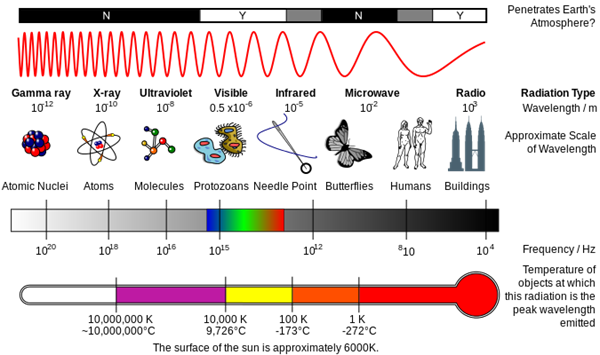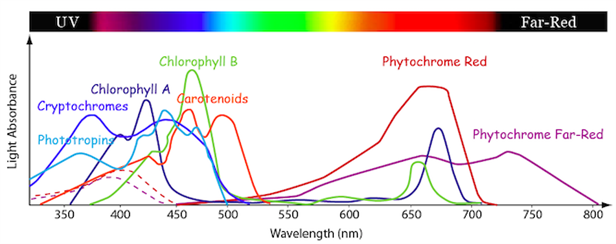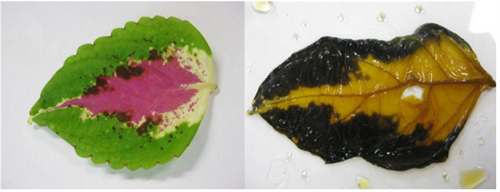PDF chapter test TRY NOW
What is photosynthesis?
Photosynthesis is an anabolic process in which carbon dioxide and water are converted into organic compounds inside the chlorophyll-containing cells utilising sunlight as a source of energy.
In the term photosynthesis, the term 'photo' means light, and 'synthesis' means to build. Hence, photosynthesis means 'building up with the help of light'. During the process of photosynthesis, the light energy is converted into chemical energy. As the green plants prepare their food through photosynthesis, they are said to be in an autotrophic mode of nutrition.

The overall photosynthesis process
The overall equation of photosynthesis is given below:
Carbon Water Glucose Water Oxygen
dioxide
From the above reaction, we can say that photosynthesis takes place in the presence of sunlight and the pigment chlorophyll to produce glucose as the end product. This glucose is converted into starch and is stored in the plant body.
Requirements for photosynthesis:
The major requirements of photosynthesis are
- Light
- Water
- Carbon dioxide
- Chlorophyll
Light:
The visible part of the electromagnetic radiations is known as the light. This visible-light comprises different colours VIBGYOR (violet, indigo, blue, green, yellow, orange and red).

Electromagmanetic radiation
Only the region of light with blue and red colours is most effective in photosynthesis among these seven colours. The green-coloured zone is the least effective. As a result, plants only use light energy (photons) from green or red regions.
Photons: A photon is a tiny particle that comprises waves of electromagnetic radiation.

Absorption of light by different pigments
Why do plants appear green colour?
We know the leaves of the plants contain the pigment chlorophyll, which absorbs light. As discussed above, plants use light (photons) energy only from the regions with green and red colour. Due to this, plants reflect green colour and hence also appear to be green in colour.
A video explaining that light is required for photosynthesis:
Activity on photosynthesis:
-
Take a potted plant and place it in a dark place for two days.
-
This de-starches the leaves.
-
Then, cover one of its leaves with a black strip of paper on both sides, and place this plant under sunlight for 4 to 6 hours.
-
Now detach the leaf-covered with black paper and immerse it into boiling water for few minutes.
-
Then dip it in alcohol so that the chlorophyll content is removed.
-
Test the presence of starch on the leaf with the help of iodine solution.
-
We can observe that the covered part of the leaf does not turn blue-black, but the uncovered part turns out blue-black, indicating starch.

A picture indicating the starch test
Conclusion:
From this experiment, we can say that the portion of the leaf that is uncovered received all the necessary photosynthesis factors. Hence, the reaction of photosynthesis occurred only at that place and not at the covered portion. As a result, the test for starch was positive in that particular portion.
Reference:
https://commons.wikimedia.org/wiki/File:EM_Spectrum_Properties_reflected.svg
https://www.flickr.com/photos/145301455@N07/29646096533
